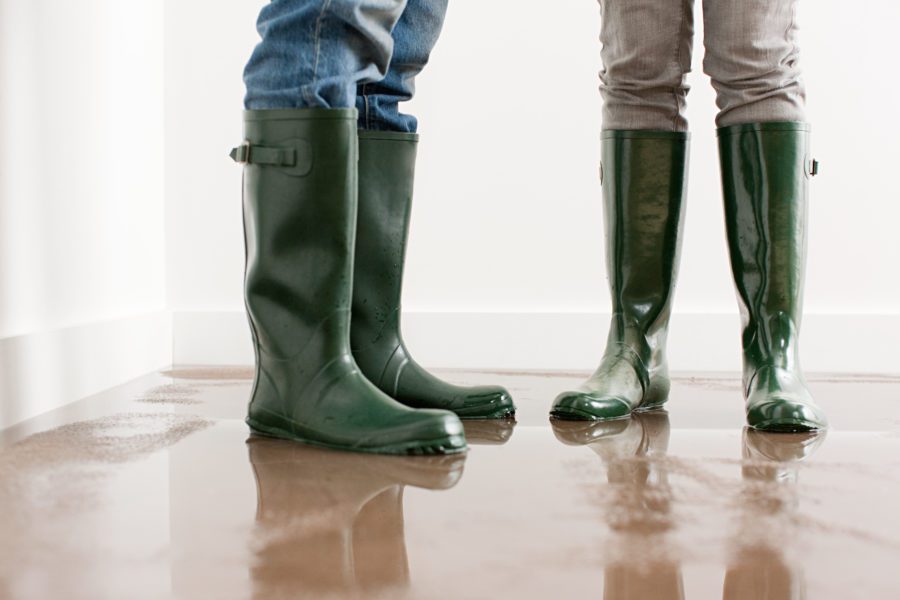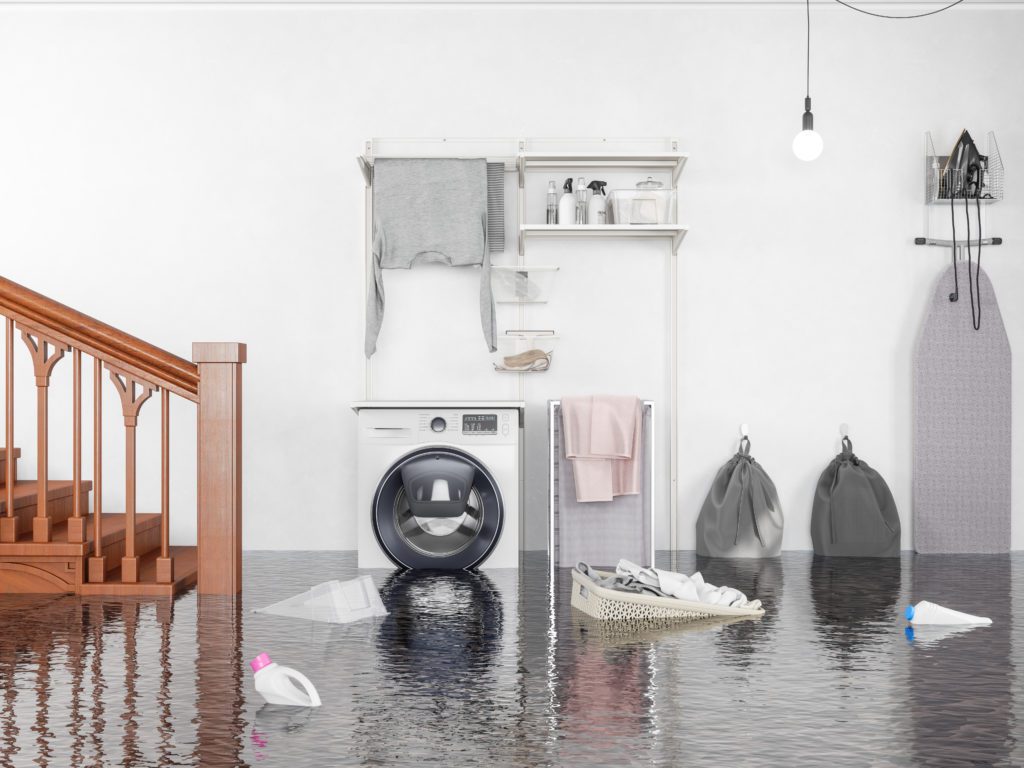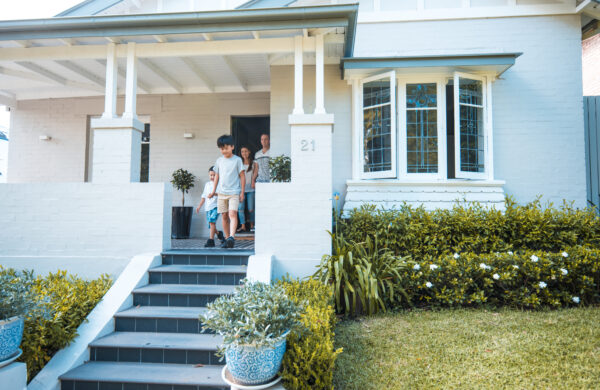Imagine this scenario: water backs up into your home, damaging your floors and furniture. It’s a mess and you want it fixed as soon as possible. Unfortunately, if you haven’t added sewer water backup coverage to your policy, your insurance probably won’t cover the repair costs.
What is water backup coverage?
Water backup coverage is often an endorsement or add-on to a property insurance policy. You can purchase water backup coverage as an endorsement for a standard homeowners insurance policy or commercial property insurance policy.
A water backup endorsement covers damage caused by sewage backup; for example, if a clog or sump pump failure causes a backup.
Don’t flood insurance and homeowners insurance include sewage backup coverage?
Sewer backup coverage is not included in standard insurance policies.
Most homeowners insurance policies and commercial property insurance policies exclude losses caused by water backups. Certain types of sudden and accidental water damage, such as a burst pipe or leak in the roof, may be covered, but water backups won’t be.
Flood insurance policies also exclude water backup losses caused by clogs and sump pump failure. Flood insurance will only cover water losses caused by widespread flooding, such as after a natural disaster.
The good news is most insurance companies offer sewer backup insurance as an add-on to your property policy. If you don’t have this coverage already, talk to your insurance company or agent about acquiring it.
Who needs water backup coverage?
Water backup coverage is a good endorsement for anyone. However, some property owners are especially at risk of sewage backups, meaning this coverage is extra important for them.
For example, basements are particularly vulnerable to sump pump failures. Therefore, if you have a basement, you may want to purchase water backup coverage. The trees on your property can be another risk factor. Although everything may look fine from your vantage point, tree roots can wreak havoc with sump pumps.
Although some people are at a higher risk of water backup problems, every property owner should consider securing this coverage. Water backups can cause significant damage to your building, flooring and personal belongings. In some cases, the property may not be suitable for habitation until you’ve fixed the damage. If you would struggle to deal with this kind of unexpected expense, you should consider acquiring coverage.
What does water backup insurance cover?
As always, you’ll need to review your policy terms or talk to your insurance agent for specific information about your coverage. In general, though, water backup insurance covers property damage caused by sump pump overflow, a backed-up drain or clogged pipes.
Water backup coverage can pay for damage to your building structure as well as to your personal belongings. If your home is unlivable, you may also receive additional living expense (ALE) benefits.
What doesn’t water backup insurance cover?
Water backup insurance won’t cover regular wear and tear. You are expected to maintain your sump pump and septic system – insurance does not typically cover maintenance or damage caused by neglect.
No parts or systems last forever. Once your sump pump has reached the end of its lifespan, you need to replace it. You can expect to replace your sump pump at least every 10 years – possibly more often, depending on the model, environment and usage.
Water backup insurance only provides coverage for property damage associated with sewer and drain backups. Your standard property insurance should cover some other types of water damage, but you will need to purchase a separate flood insurance policy to cover damage due to flooding.
Protect Your Sump Pump and Prevent Water backup
Whether or not you have sewer backup coverage, you can take steps to prevent sewer backups.
- Install a backup valve. A backup valve is a good way to prevent expensive problems – and it may be inexpensive to install one.
- Invest in a backup generator. A power failure can cause problems for your sump pump, especially since power failures often coincide with storms. A backup generator can keep things running smoothly.
- Keep your gutters and drains clear of debris. Preventing clogs can help you avoid more expensive problems down the line.
- Don’t pour grease down the drain. When grease cools, it solidifies and can end up clogging your drains. The Texas Commission on Environmental Quality says that various food products containing fats, oils and grease can damage city systems and contaminate local water supplies. Offending property owners may be held liable for the associated costs. Instead of pouring grease down the drain, recycle cooking oil and dispose of grease responsibly.
- Don’t flush anything that can cause clogs. To avoid clogs, don’t flush anything other than toilet paper, including wipes that are marketed as flushable. The U.S. Environmental Protection Agency says that disinfecting wipes and other items do not break down and can cause damage to your home’s plumbing system and the local wastewater collection systems.
- Have your sump pump inspected and maintained. Receive a sump pump inspection at least once a year (more often if you’re experiencing problems) and carry out any necessary maintenance or replacements. Keep in mind that damage caused by normal wear and tear is not covered by your insurance.
How much does water backup coverage cost?
Water backup coverage tends to be very affordable. Since it is a simple add-on to your main insurance policy, securing coverage is usually simple and won’t normally add much to your monthly insurance premium. However, as costs can vary, you’ll need to talk to your insurance agent to find out exactly how much you might pay for coverage.
In addition to the premium, consider the deductible and the limit. The limit is the maximum your insurance company will pay for a loss. As different types of coverage have different limits, your water backup limit might be smaller than the total limit on your policy. A higher limit will come with higher premiums because you’ll be buying more coverage.
The deducible is the amount you’ll need to cover on your own if you suffer a loss. Once again, there can be different deductibles for different types of losses. A higher deductible will come with a lower premium cost because you’re agreeing to cover more of the loss yourself.
For example, let’s say you have a $1,000 deductible for water backup damage and a $25,000 limit. You have a water backup claim worth $20,000. Since the loss is less than the limit, it is fully covered, but you still have to pay the deductible. The insurance company pays $19,000, and you’re responsible for paying the $1,000 deductible.
Do you have water backup coverage?
Many property owners assume they have sewer water backup coverage. That can be an expensive assumption. Don’t wait until you’re dealing with a claim. If you don’t have water backup coverage already, an insurance broker at Higginbotham can help you review your needs and determine whether you should buy a water backup endorsement. Contact us.






